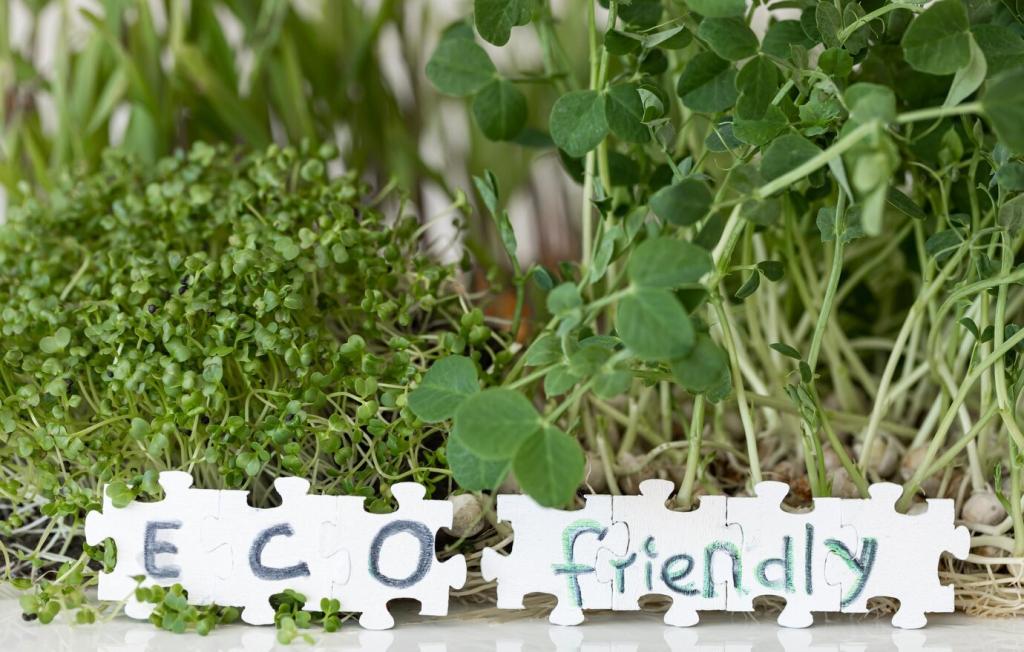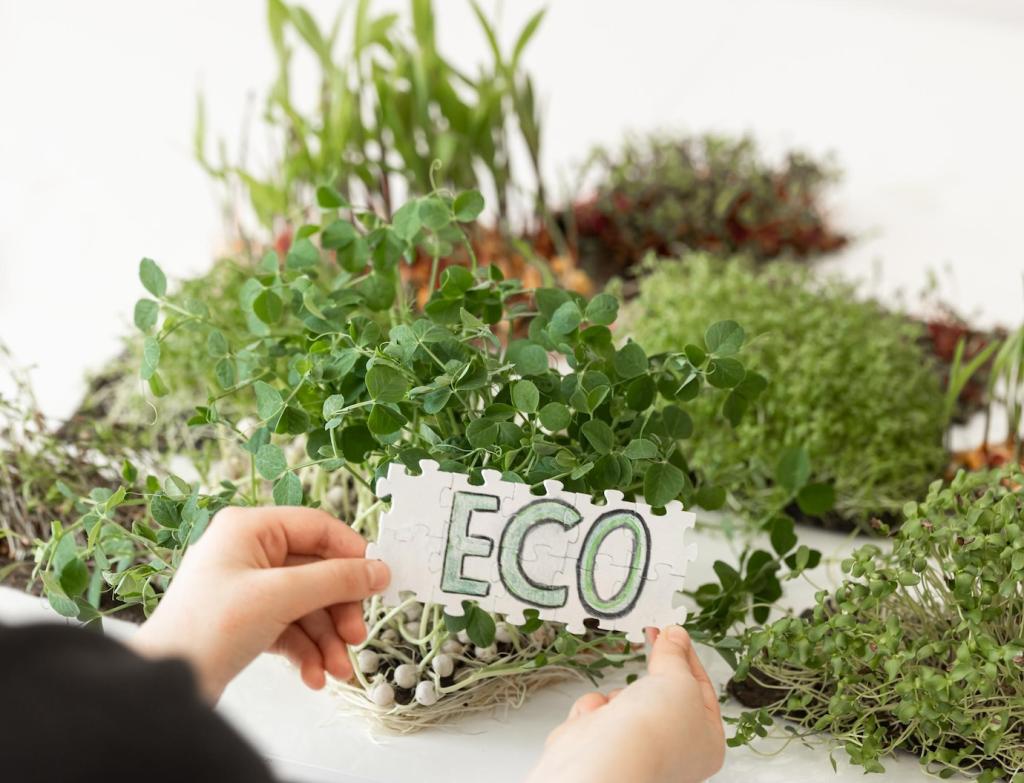
Eco-Friendly Landscaping Materials and Technologies
Eco-friendly landscaping offers a sustainable approach to designing and maintaining outdoor spaces that benefit both the environment and property owners. This movement emphasizes the responsible use of natural resources, reduction of harmful emissions, and the creation of habitats that support biodiversity. Using sustainable materials and innovative green technologies, modern landscapes integrate beautifully with their surroundings while minimizing negative ecological impacts. The thoughtful selection of materials and methods can help preserve water, reduce waste, and foster healthy soil, making eco-friendly landscaping not just a trend, but a valuable long-term investment in the health of our planet.
Sustainable Hardscape Materials
Recycled Stone and Concrete
Recycled stone and concrete are excellent alternatives to traditional quarried stone and newly mixed cement. Salvaged from demolished buildings and infrastructure projects, these materials are processed and repurposed for new landscaping uses. By diverting waste from landfills and reducing the demand for virgin materials, recycled stone and concrete help lower the carbon footprint of construction. Their durability and versatility allow them to be used in everything from patios to accent walls, seamlessly blending sustainability with visual appeal. Furthermore, their use often involves less transportation energy, as they can frequently be sourced locally or regionally.
Permeable Pavers
Permeable pavers are designed to allow rainwater to infiltrate through the surface and return to the ground, rather than running off into storm drains. Made from eco-friendly materials such as recycled plastics, natural stone, or porous concrete, these pavers support healthy groundwater recharge and help to prevent erosion. By minimizing runoff, they reduce the risk of flooding and water pollution in urban environments. Their use contributes significantly to sustainable stormwater management practices, while still providing a stable and attractive foundation for walkways, driveways, and patios.
Responsibly Sourced Wood
Responsibly sourced wood, such as that certified by the Forest Stewardship Council (FSC), ensures that forests are managed sustainably and with respect for ecosystems and local communities. These woods are harvested with minimal environmental disruption, help preserve biodiversity, and protect against illegal logging practices. Incorporating such wood into decks, fences, and garden structures not only adds natural warmth and character to a landscape but also supports global efforts towards reforestation and ecosystem preservation. Opting for local species also minimizes transportation emissions, further enhancing their environmental credentials.

Water-Conserving Landscaping Solutions
Drip Irrigation Systems
Drip irrigation systems represent one of the most efficient ways to deliver water directly to plants’ root zones. Unlike traditional sprinklers that spray water over a wide area—often leading to evaporation and runoff—drip systems emit water slowly and precisely where it’s needed. This targeted approach dramatically reduces water waste and ensures that plants receive optimal hydration. Modern drip irrigation setups can be automated and adjusted for different zones, enabling homeowners and landscapers to minimize water usage while supporting healthy, vibrant plant growth.
Rainwater Harvesting Technologies
Rainwater harvesting technologies capture and store precipitation for later use in the landscape. This may involve simple rain barrels connected to downspouts or more complex systems with large cisterns and filtration units. By utilizing rainwater, property owners can decrease reliance on municipal supplies, reduce stormwater runoff, and make use of a free and natural resource. Harvested rainwater is ideal for irrigating gardens, lawns, and ornamental plantings, especially during dry seasons, making it a cornerstone technique for sustainable water management in landscaping.
Xeriscaping with Native Plants
Xeriscaping adapts landscapes to local environmental conditions by focusing on drought-tolerant, native plants that naturally thrive with minimal irrigation. These plants are well adapted to the local climate, pest pressures, and soil types, translating into healthier landscapes that require fewer inputs. Native xeriscaping supports local wildlife, including pollinators, and contributes to biodiversity. By reducing dependency on watering and chemical fertilizers, xeriscaping fosters sustainable, eco-friendly environments that are beautiful, resilient, and resource-efficient.

